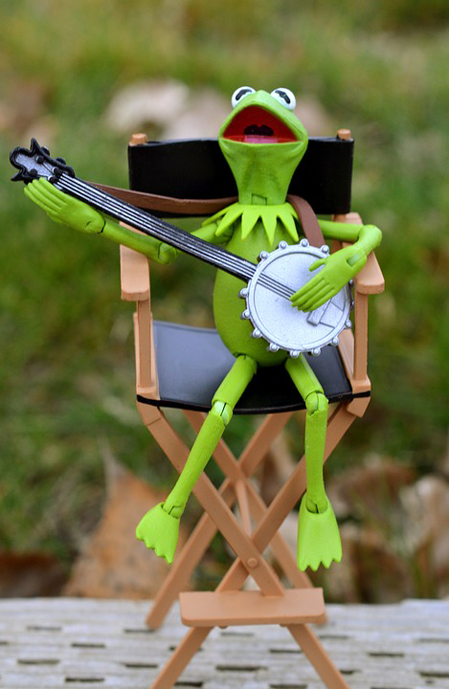Beginner Banjo Lessons - Learn How to Actually Play
After a period of relatively low profile, the banjo is regaining much of its old popularity. Whether your interest is bluegrass or old-time, jazz or folk, the banjo can provide excellent accompaniment. It's even occasionally heard in the charts. Like the guitar, the banjo can be a virtuoso instrument in expert hands but is relatively easy to play as simple accompaniment. So what might need to be covered in a course of beginner's lessons?
Which  Banjo Are You Using?
Banjo Are You Using?
If you already have a banjo, that will obviously be what you'll want to learn to play. If you're still considering your options, however, it's worth considering which of the three main types of banjo is the one for you.
- Tenor (or 4-stringed) banjo — doesn't offer the range of the other types, but the trade-off is that it's easier to learn. The tenor banjo is especially popular for playing Irish folk music.
- 5-stringed banjo — the classic American banjo, this is the instrument if you're hoping to play bluegrass or old-time and will provide a versatile accompanying instrument.
- Banjo-guitar (or 6-stringed banjo) — this is essentially a banjo body with the neck and strings of a guitar. This makes it easier for a guitarist to learn to play.
Preparing to Play the Banjo
Before you can start learning to play your banjo, whichever type you've chosen, you'll need to learn a few things about preparation. As with all stringed instruments, the most basic thing is getting the instrument in tune. This involves learning what pitch each string is supposed to sound and adjusting the tuning pegs to that note.
It's important to know how to hold your banjo before you start playing. Are you right-handed or left-handed? As with the guitar, whichever is your dominant hand will normally be the one that plays the strings over the body, while the other will fret the strings on the fingerboard. To play, you should be sitting upright and holding the banjo at 45 degrees upwards.
Learning the Chords and Picking Styles
It's generally best to start by learning a few of the simplest chords on the banjo and use these to practice your picking styles or strumming patterns. Briefly, there are three common picking styles used on the banjo:
- 2-finger style — the simplest picking style, essentially using the thumb on the fifth string (if you're using a 5-string) and the index finger on the first.
- 3-finger stye — more elaborate, using the index finger, middle finger and thumb in rotation.
- Clawhammer style — perhaps the most characteristic banjo sound, the clawhammer is produced by a three-note pattern from the index and middle fingers.
Learning to Play Banjo Rolls
Once the basic picking styles are second nature, you can become more adventurous by learning banjo rolls. These are particularly associated with bluegrass banjo, but they can be used in other styles, too. Roll patterns are essentially a series of eight notes played in sequence by the index and middle fingers and the thumb, making up the notes of the chord. There are a number of patterns, which need to be learnt by heart. All this can be found in books or on websites, but of course these can't tell you if you're doing well or what you need to change. That can only come from a tutor, and you can find a range of banjo tutors if you register with TutorExtra.


